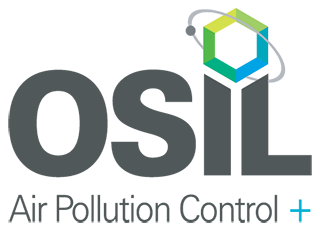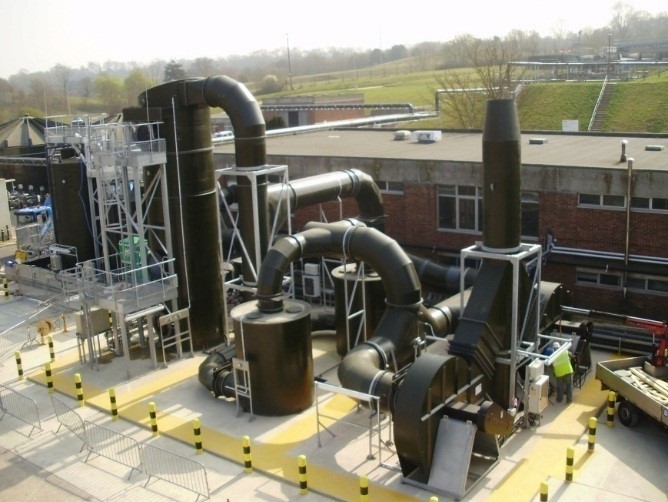To choose the right odour control technology, first, we need to identify the types of odour you produce and the concentration of the odours.
Many processes produce predictable odorous compounds as by-products, like hydrogen sulphide and ammonia. However, we still need to figure out the makeup of the compounds to choose the right odour control solution.
Odour monitoring and sampling
For existing processes, we use odour monitoring, a scientific process that detects and collects data about odours such as concentration and type.
The following data sets are useful:
- F – Frequency
- I – Intensity
- D – Duration
- O – Offensiveness
- L – Location / R – Receptor
Techniques for acquiring data include olfactometry, which requires physical sampling and analysis in a lab, instrumental odour monitoring systems (electronic noses that collect data and send it to a control centre) and the human nose using trained experts.
Odour sampling and analysis is taken further by Gas Chromatography-Mass Spectrometry (GC/MS), which tells us the gas components at a molecular level. GC/MS is crucial when odours are complex and not easily identifiable.

Pre-build processes
For pre-build processes, odour control should be built into the process to integrate the technology and solution fully.
When specifying odour control systems for new processes, we consider the types and concentrations of odours that are predicted to be produced, air and flow rate, available site space, maintenance requirements and treatment location.
We know what technologies work for odours through experience and fieldwork, not to mention the vast scientific research over the years. Your build will have specifications, so we’ll specify technologies that meet your demands.
Available technologies
Once we know more about the odours you produce, we can look at specifying technologies that will deal with them. Here are a few available technologies:
- ChemKlean (wet scrubbing) – Removes odours from air gas streams using a liquid chemical absorbent. Specified for basic odour control applications like inlet works.
- LavaRok (biofiltration) – A biological filter made from pumice stone with bacteria that turns biodegradable compounds into food.
- Tube vents and a passive filter – Specified for vent gases and tanks to absorb hydrogen sulphide and other noxious odours produced in sewage treatment.
- OdaCompact (two-stage treatment) – Two stages of odour treatment in a single tower, combining LavaRok biofiltration with CuCarb dry media filters.
- CCU (Containerised Carbon Unit) – A stackable, containerised odour control system that uses activated carbon adsorption with CuCarb filters.
Localised vs centralised odour control
Sometimes, the right technology setup depends on the floorplan of the site, with site space also a factor in sizing and specifying odour control systems.
Localised odour control includes several smaller odour control systems located close to the emission source, eliminating complex pipes and ductwork.
Centralised odour control includes ductwork to move contaminated air into a central, large odour control system, which can be located externally.
For multi-stage treatments, we can also combine localised and centralised odour control. In this setup, localised systems might scrub non-organic odorous compounds to prepare the air gas stream for final polishing in a larger biological system.
Speak to one of our odour control experts today to find out more about how we size and specify the right odour control solutions for our customers.

